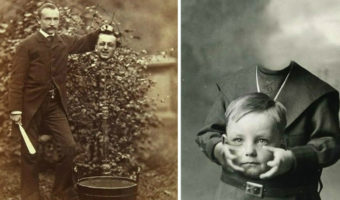10 Extinct Animals Scientists Are Trying to Bring Back
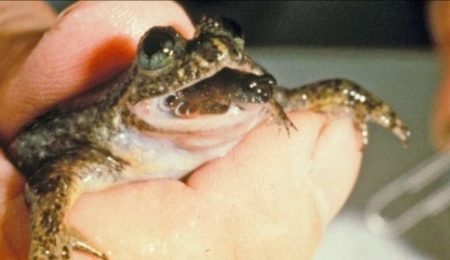
Some majestic creatures once thrived on our planet. Sadly, due to human activities, loss of habitat, and natural calamities, some of them have now disappeared from the face of the Earth. But to bring back an animal from the grave is a tedious task, and there will be a lot of biological implications. Conservationists and scientists are working day and night to bring back some of these amazing animals to preserve these wonderful creatures. Here’s a list of some of the most famous extinct animals that scientists are trying to bring back.
1 Woolly Mammoth
The woolly mammoth is one of the last extinct species of the mammoth and the closest relative of an Asian elephant. About 800,000 years ago, woolly mammoths began to divert from the steppe mammoth.
The population of this species began to decline at the end of the Pleistocene. Most of them disappeared, although some did survive until 5,700 years ago and eventually became extinct. The DNA of woolly mammoths and their existence of preserved soft tissues led scientists to resurrect these extinct species by scientific means. Many researchers are working on several projects to bring this extinct animals. These projects involve replacing the genes in elephant cells with mammoth genes.
In 2015, George Church, a scientist, and his team implemented the CRISPR DNA editing technique, which involves placing wooly mammoth genes into the genome of the Asian elephant. If this method becomes successful in the future, suggestions have been made to initiate the hybrids into a wildlife reserve in Siberia. However, some researchers questioned the ethics of such attempts.
2 Steppe Bison
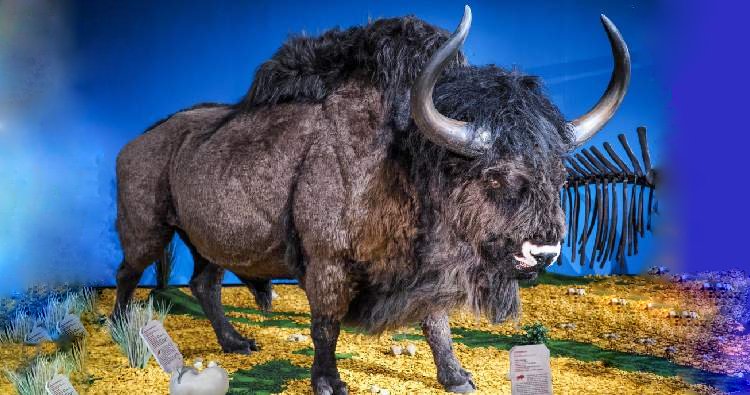
The steppe bison is a large, shaggy-haired bovine that once prowled the vast steppes of Europe and Asia. The 900-kg-weighing animal had long horns a meter apart. Their first appearance was seen in eastern Eurasia, and subsequently, they migrated to North America.
This massive bison was an important prey animal for early humans, and its remains have been found in Neanderthal hunting campsites. They became extinct about 10,000 years ago. Today, their legacy lives on in the form of the American wood bison. Moreover, scientists are trying to bring back these extinct animals.
Furthermore, since 2015 South Korean and Russian scientists have been trying to re-create this lost animal by attempting to clone a Canadian wood bison. After recovering the ancient steppe bison’s tail from Siberian permafrost, scientists are planning rigorously to use the tail to obtain the DNA in the cloning work. Some cloning work involves the use of surrogate mothers of distinct species, like the use of an elephant to incubate the returning mammoth.
3 Dodo
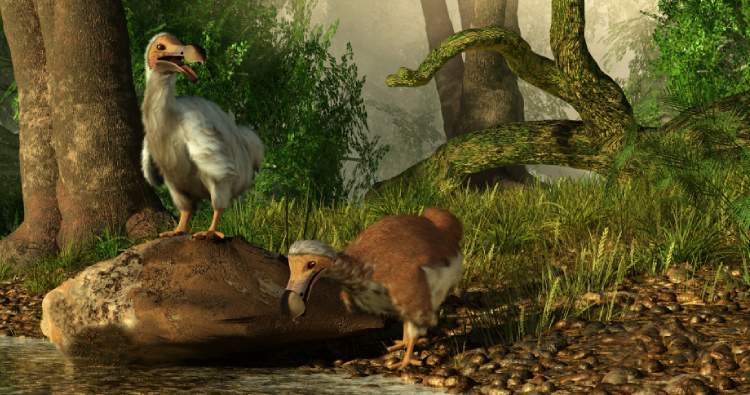
The dodo (Raphus cucullatus) is an extinct, flightless bird that was native to the island of Mauritius in the Indian Ocean. The dodo’s closest genetic relative is the also-extinct Rodrigues solitaire, and it is thought that the two birds shared a common ancestor.
Being fearless of humans, they were easy prey to sailors. Archaeological investigation reports stated that the major reason for the dodo’s extinction was due to human predation. It was last seen in 1681 and is now known only from paintings, drawings, and written accounts from the 17th century.
A group of scientists is now stating that it could be possible to bring the dodo back. A research team has been trying to sequence the DNA of a dodo, and its complete genome sequence was ready in 2015. That means they were able to generate key genetic information that would make up the bird. Professor Beth Shapiro of California University and some other researchers are trying to use the clone method to bring back the bird.
Some other scientists have also thought that the Nicobar pigeon, which is a close relative of the dodo, may contain some DNA that would be useful in their research. But the results would not form a full dodo. So bringing back these extinct animals is really a monotonous task!
4 Passenger Pigeon
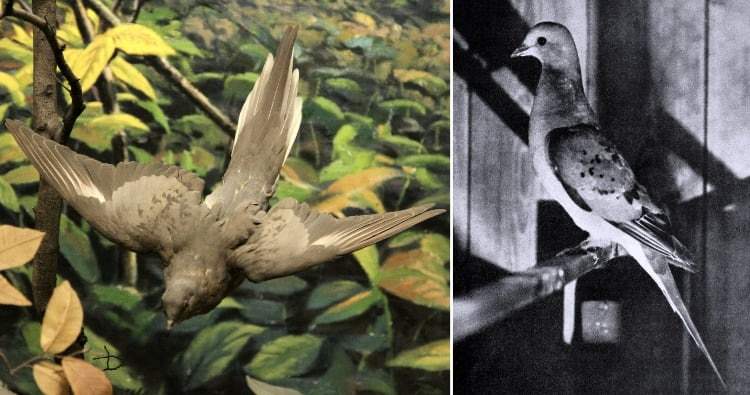
The passenger pigeon or wild pigeon was once one of the well-known birds of North America. Because of their migratory characteristics, the bird got the name of “passenger.” Once numbering in the billions, this species was hunted to extinction in the early 20th century.
The passenger pigeon was an important part of the ecosystem, and its loss had ripple effects throughout the years. Today, they are remembered as a cautionary tale about the dangers of human overexploitation of natural resources.
According to wired.com, in 2013, scientists planned to bring this iconic bird back from extinction. Novak, a student, and an organization called Revive and Restore are in charge of this mission and are planning to decipher the bird’s genes from the museum. Also, a notable American scientist, George M Church, said that it is possible to reconstruct the pigeon’s genome by piecing DNA fragments together from different specimens.
Novak’s broad plan is to create a passenger pigeon that involves editing the DNA from a band-tailed pigeon cell and implanting it into another rock pigeon and hoping to develop a chick that will grow up and breed two such birds in the future. Novak’s work might help to create a passenger pigeon, and he hopes he can convince the public. Whether the passenger pigeon will be alive or not in the future, the genetic code of the bird will remain alive.
5 Gastric Brooding Frog
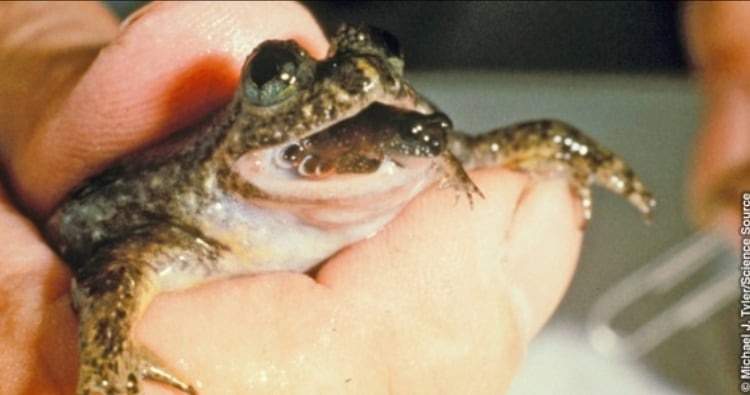
The gastric brooding frog was a species of ground-dwelling frog that was native to Australia. The frog was notable because of its unique reproductive capabilities. The female would swallow her fertilized eggs and then stop eating. The eggs would develop in her stomach, and she would give birth to fully formed frogs.
Sadly, this frog is now extinct and also listed as an endangered species. But scientists are still studying the frog in hopes of understanding its unusual reproductive abilities. This creature became extinct because of the human introduction of pathogenic fungi into their native range. The wild specimen was last seen in the 1980s.
Scientists are now making efforts to resurrect this frog by using somatic-cell nuclear transfer (SCNT), a method of cloning. Australian Lazarus Project is a team who is behind the mission to de-extinct this frog. Their work has been known as one of the world’s best inventions in 2013.
According to theguardian.com reports from the year 2013, the researchers were successfully able to collect DNA from frozen frog tissue that was stored in a conventional freezer for over 40 years. Prof. Mike Arche, who is leading the project, said there is a need for some technology to prevent extinction.
Everyone should hope their invention provides a steppingstone for the long extinct animals.




















